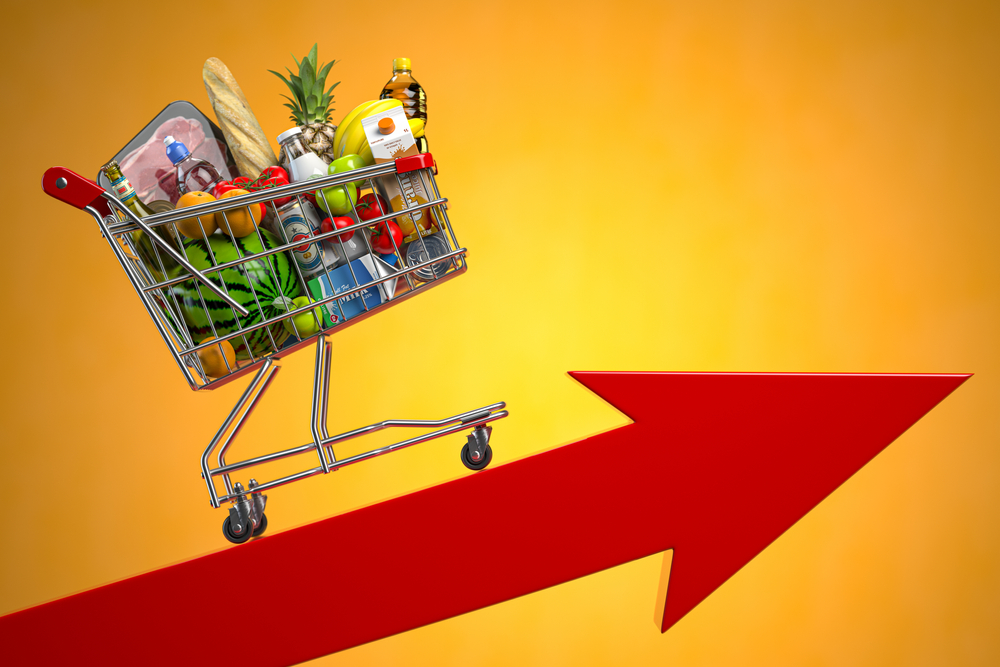Household Bills
Grocery inflation hits 11-year high

Grocery price inflation is at its highest level since 2011, and there is a “clear flight to value” as shoppers watch their spending.
Supermarket sales fell 5.9% over the 12 weeks to 17 April 2022 and for the first time since the pandemic began, sales are also down 0.6% over the period.
According to Kantar data, like-for-like grocery price inflation is at 5.9% this month – the highest level since December 2011.
This means the average household will now pay an extra £271 per year, with a lot of this spending going on non-discretionary, everyday essentials “which will prove difficult to cut back on as budgets are squeezed”.
Fraser McKevitt, head of retail and consumer insight, worldpanel division, UK, said: “We’re seeing a clear flight to value as shoppers watch their pennies.”
He added that the level of products bought on promotion (currently 27.3%), has decreased 2.7 percentage points as shoppers switch to everyday low-price goods.
“The major retailers are listening to shoppers’ concerns, with Asda launching its Just Essentials line, Morrisons announcing that it is cutting the price of many everyday goods, and Tesco locking in savings through its Clubcard strategy,” McKevitt said.
He added that Aldi is the fastest growing retailer this period, with sales increasing 4.2% over the 12 weeks to 17 April. This was followed closely by Lidl which was up 4%.
Further, over one million extra shoppers visited Aldi and Lidl respectively over the past 12 weeks compared with this time last year.
Both retailers achieved record-breaking market shares, with Aldi now holding 8.8% while Lidl stands at 6.6%. Collectively, the two discounters account for 15.4% of the market – up from just 5.5% a decade ago.
Elsewhere, Kantar highlighted that while trips to the supermarket have remained steady this year, people aren’t buying as much when in store, with the average basket size dropping by 4.5% to £22.39.
Meanwhile online shopping which is “definitely here to stay”, has slipped 15% compared with 2021 as it’s “less of a necessity now”.
McKevitt said: “Shopper confidence about heading out and about and getting back to store has gone up and half a million fewer households bought over the internet compared with last year.”
Aside from the discounters, Tesco was the only other retailer to gain market share this period, growing by 0.3 percentage points to hold 27.3% of total grocery sales. Sainsbury’s accounts for 15% of the market, followed by Asda at 14.1% and Morrisons at 9.5%.
Co-op, Waitrose, and Iceland have shares of 6%, 4.8%, and 2.2% respectively. Ocado’s share remains steady at 1.8% and its sales were up 13.9% compared with two years ago.